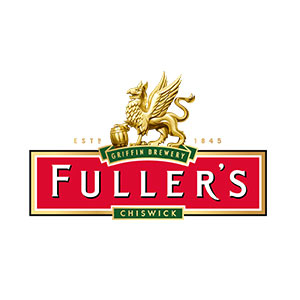The giant continent that is Australia is mad keen on its racing. There are 400 racecourses across every state and Tasmania too, supporting over 30,000 horses in training. And recent British and Irish success in the world-famous Melbourne Cup has cemented focus in Northern Hemisphere owners and trainers on the riches available in Oz.
Sadly though, Jump racing represents less than 2% of the racing available, limited only to races in South Australia and Victoria. Less than 200 horses are in training for Jumping, and truth be told, the sport is lucky not to have been shown the door in the past 10 years. Despite this, the main Jumping events are immensely popular, especially those with a long history.
Ten years ago, poor obstacle design and fast ground contrived to move public opinion against the sport after a sequence of casualties. Animal rights groups identified the sport as a target, and fixtures were lobbied to remove Jump races and fixtures, just as broader lobbying took place at State governance level. It took a concerted effort from the sport’s advocates for the winter sport not to disappear across all states, just as it was banned in New South Wales in 1997. However, since 2017, the sport has pulled together to protect Jumping, rather as the shooting lobby got behind hunting here, based on the fear that if one went, they would be next in line.
There hasn’t been Jump racing in Queensland for over 100 years, in Western Australia since 1941, and Tasmania phased it out in 2007. The sport is far from secure, only bolstered by an injection of effort by administrators, scrutiny on hurdle design and safety, and identification of key festivals where Steeplechases are marquee events.
All this from a sport that produced horses of the calibre of Crisp, the iconic horse that didn’t win the National in 1973.
In 2019, there were 61 races across 14 racecourses, comprising just 22 steeplechases, down 32 races on the previous year. Yet Racing Australia has invested in prize money to reverse the decline. The prize fund for the Australian Grand National at Ballarat is a cool AUS $350,000 (£180,000), and the minimum value of any Jumps race is AUS $15,000 (£7,700).
So, where are the best places to enjoy Jumping? Chances are you’ll be enjoying some good quality Flat racing too as a majority of the Jump races are in mixed cards; it’s a rarity to fill a full day’s racing when you only have 200 horses to choose from.
One exception is the Oakbank Easter Festival, near Adelaide in South Australia. This year’s fixture was curtailed to two days, the first of which included the AUS $100,000 Classic Hurdle and Great Eastern Chase, first run in 1876. Although a country track, it’s situated just 45 minutes’ drive from Adelaide, and the Easter Saturday attracts over 35,000 spectators, so not just your ordinary Point-to-Point!
The next month, the action moves to Warrnambool in Victoria for the May Festival. Warrnambool is one of the oldest sites for racing in Australia, founded at the height of the Victorian era in 1847, and staging its first jump race 2 years later. There’s a reassuring compliment to the old country in the AUS $315,000 Grand Annual Chase over 3m4f, inaugurated as the Warrnambool Handicap Chase in 1872 and renamed in 1895, 61 years after our own version at Andoversford.
The third of the major events in the calendar is at Ballarat in Victoria, one of the country’s busiest courses with 32 days racing all told. Ballarat is a large inland town in Victoria, made wealthy by Victorian prospectors who discovered gold. No surprise then that it’s able to stage the AUS $615,000 (£315,000) as centrepiece of its Jump racing programme in mid August. Ballarat’s racing strength is in part due to a substantial training centre in the town; over 60 handlers are represented on the extensive training facility with over 450 horses. The site has been compared favourably to Chantilly and Newmarket.
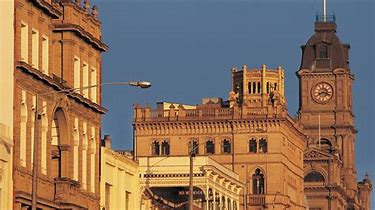
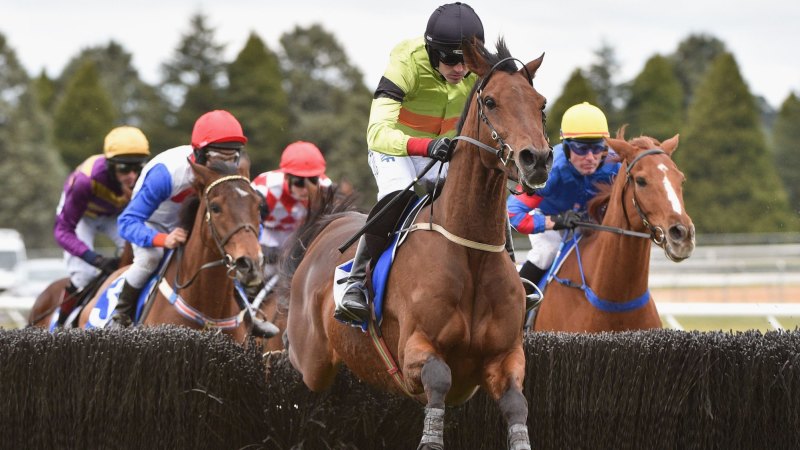
And it’ll come as no surprise that Jump racing’s globe-trotting ambassador, Ruby Walsh, has paved the way for Northern Hemisphere horses to plunder big Aussie prizes. He teamed up with Rich Ricci and trainer Ciaran Maher to win the big Ballarat race in 2015 with Bashboy, his third win in the race at the age of 12.
But if the appeal of Jump racing to you is more rustic Hexham charm than I-was-there-Cheltenham, than Australian Jump racing can also deliver.
The Coleraine Racing Club in the Grampian Hills in Victoria stages Australia’s oldest jumps race in August, the Great Western Steeplechase, with a history dating back to 1858. This is a typical farming district, full of knowing stockmen, 250 miles from the city lights of Melbourne. It might as well be a different country. The rolling hills and redgums make this a rural, not to say bucolic outing. Don’t expect large crowds; only 1,000 people live in Coleraine town. However, there’s more than a trace of colonial style around the racecourse, despite it staging just two fixtures a year.
Casterton is another country course, 230 miles from Melbourne, and close by to Coleraine, with fixtures in May, July and September, that entertains the eye as much as the heart. Spectacular scenery, great Australian wines and an Australian eye to fashion make this a great weekend outing.
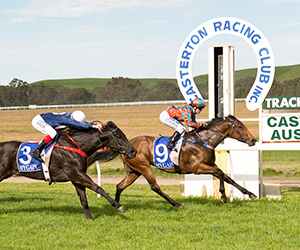
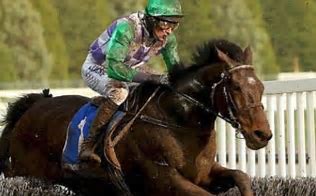
My last selection is more suburban in style. Gawler is a commuter town to Adelaide, and re-introduced Jumping after a break of 33 years in time for the 1986-7 season. The manicured lawns and rose gardens are not exactly modelled on Warren Hill, but give a garden feel more akin to Ripon. Convenience, with Adelaide city centre just 25miles distant, make this an easy decision for mid-week racing.
The mild Australian winter and bright sunshinealways bring out big crowds, so it'll come as no surprise that racing and fashion are intertwined even more so than here in Blighty.
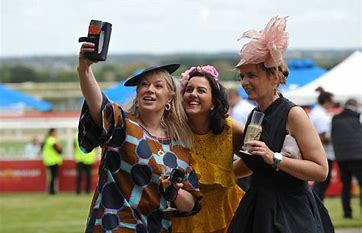
And as for admission, that’s not quite the giveaway in Japan. General admission is from AUS £10 – 25; that’s from £5 to us Brits. And it looks like a great day out whichever way you look at it.







